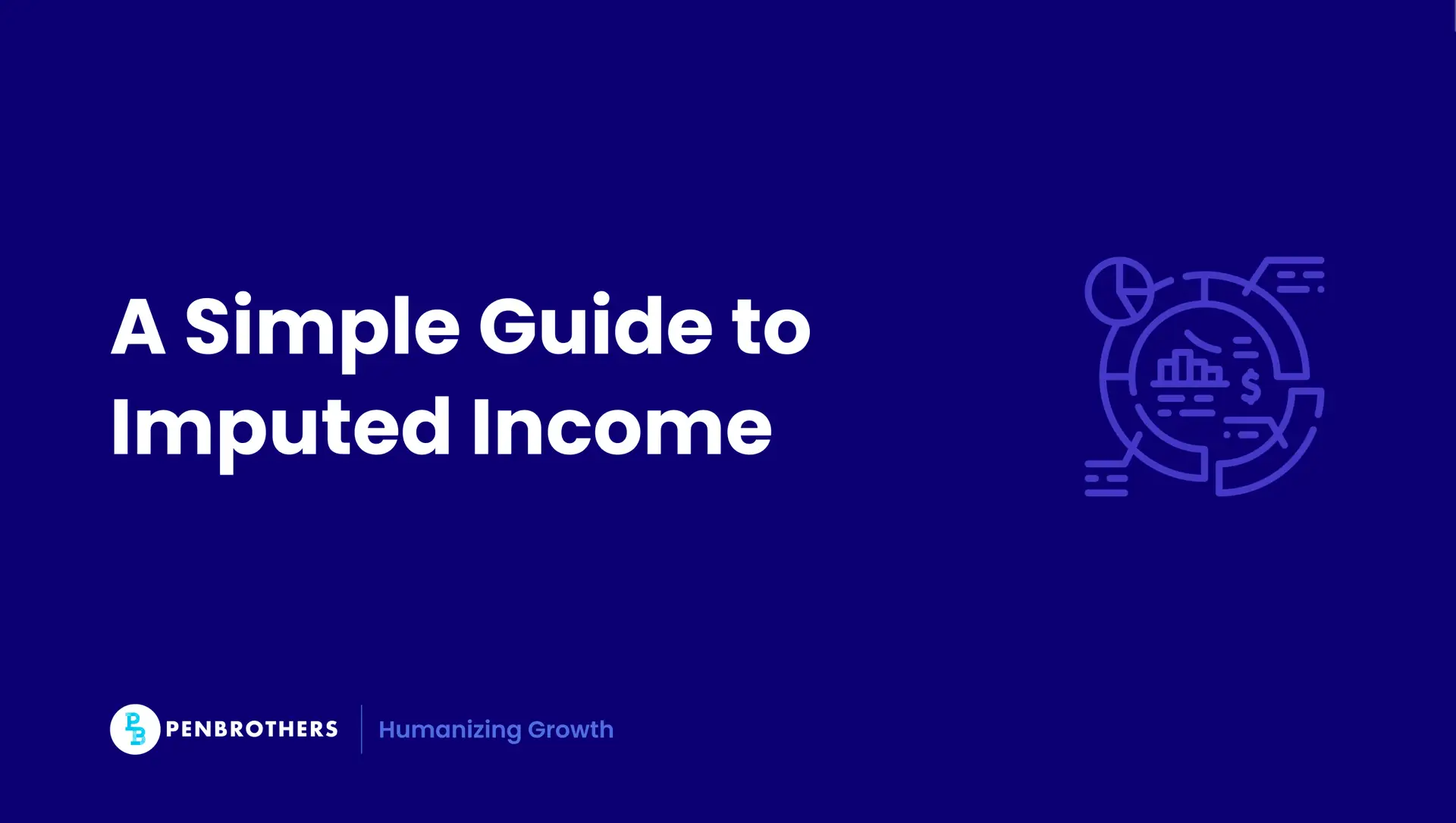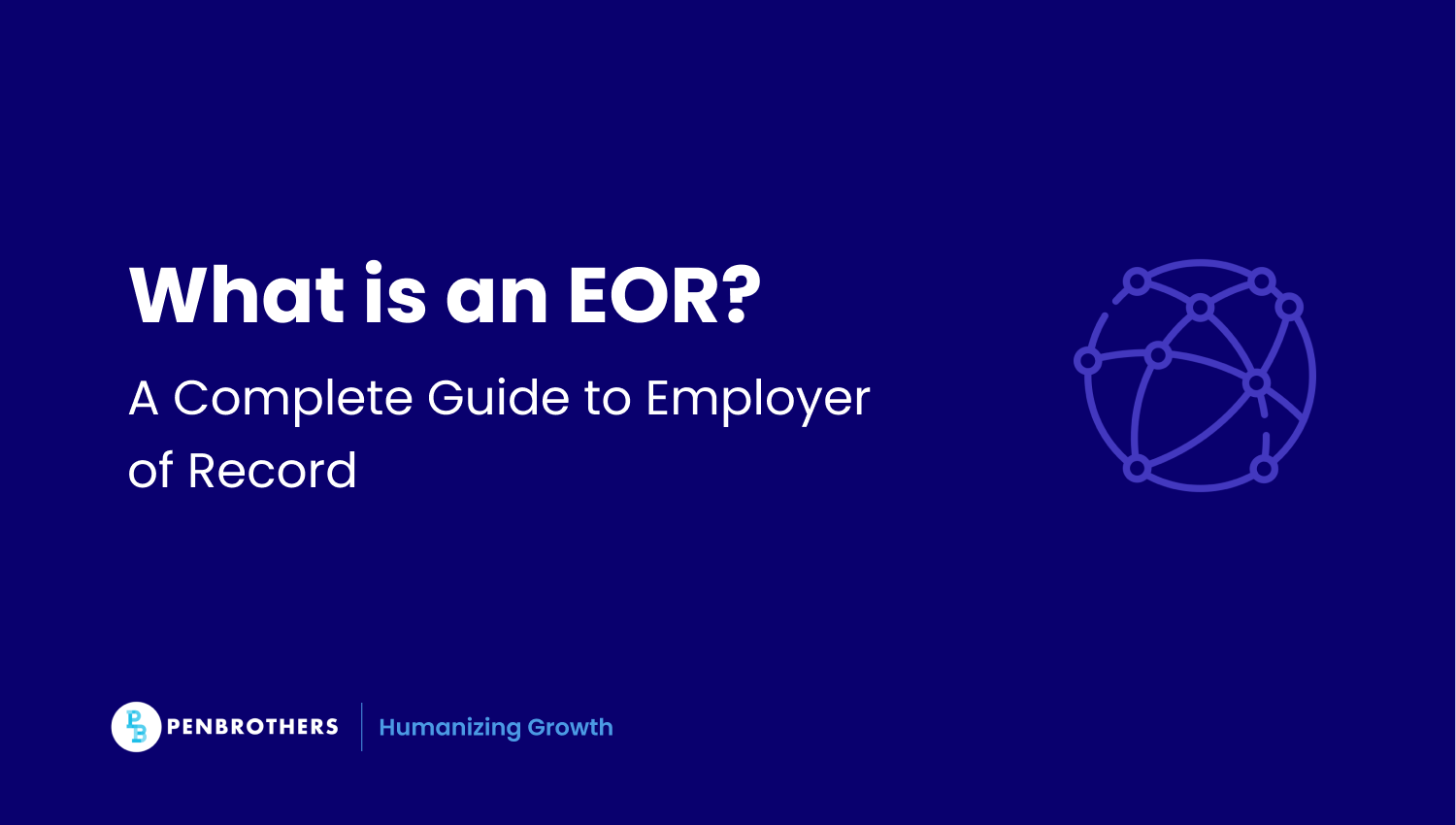What's Inside?
What Is Imputed Income and Which Benefits Are Taxable?

Key Takeaways
- Perks can become taxable. Many “free” benefits turn into imputed income when they provide personal value, increasing taxable wages.
- FMV determines what gets taxed. Payroll must use fair market value to calculate imputed income accurately and avoid W-2 mistakes.
- Some benefits stay exempt. De minimis perks, working-condition tools, and health coverage generally remain non-taxable.
- Personal use is the trigger. Company cars, partner travel, gym memberships, and similar perks become taxable once used personally.
- Clean reporting prevents issues. Clear valuation rules and consistent payroll reporting protect employees and keep compliance on track.
Many employees think perks like a company car, gym membership, or discounted insurance are free, but the IRS treats some of these as taxable. When a benefit has a measurable value and is used personally, it becomes imputed income. For employers, understanding this is essential for accurate payroll reporting and avoiding W-2 or taxable wage errors.
For employees, it helps explain why taxable benefits appear on their paychecks even without receiving extra cash. This also affects net pay, since imputed income increases taxable wages before deductions.
What Is Imputed Income?
Imputed income is the cash value of non-cash benefits that an employee receives, which the IRS treats as taxable wages. In simple terms, it’s income you didn’t receive in cash but still need to pay taxes on.
The IRS considers these benefits part of compensation because they provide personal economic value. This value is added to an employee’s taxable wages for withholding, FICA, and W-2 reporting.
Imputed income affects:
• Gross wages
• Taxable income
• Social Security and Medicare contributions
• Federal and sometimes state income tax withholding
How Imputed Income Works in Payroll
Imputed income starts with determining the fair market value (FMV) of a benefit. Employers must measure the value of the personal-use portion of fringe benefits using IRS rules.
Key mechanics:
• Calculation: FMV minus any amount the employee pays for the benefit
• Appearance on pay stubs: Usually under “Employer Paid Benefits,” “Taxable Benefits,” or “Imputed Income”
• Payroll impact: Imputed income increases taxable wages even if the employee receives no cash
• W-2 reporting:
- Box 1: Taxable wages
- Box 14: Often used for informational reporting (e.g., GTL coverage)
Accurate reporting ensures correct tax withholding and payroll filings. You can review your broader payroll tax context.
Which Employee Benefits Count as Imputed Income? (Taxable List)
This is one of the highest-intent sections because people often search for specific examples.
Below are the most common taxable fringe benefits based on IRS rules and some fringe benefit examples:
Taxable Benefits (Imputed Income Applies)
• Group-term life insurance (GTL) over USD 50,000
• Personal use of company vehicles
• Employer-provided gym or athletic facilities (if not de minimis or not located on employer premises)
• Employee discounts beyond IRS limits
• Employer-provided cell phones used mainly for personal use
• Tuition assistance above IRS-excluded amounts
• Domestic partner health insurance (if the partner does not qualify as a dependent)
• Commuter or transportation benefits above IRS limits
• Employer-provided housing or lodging (in some cases)
• Adoption assistance above IRS thresholds
• Education reimbursement that is non-job-related
• Meals and entertainment that do not qualify as business-related
Each of these benefits has IRS-specific rules, and misclassification often leads to errors in W-2 reporting at year-end.
What’s Not Taxable: Exclusions, De Minimis Benefits, and Special Rules
Many benefits are excluded from imputed income. These exclusions are frequently misunderstood and remain top-search topics.
Non-taxable (Exempt) Fringe Benefits
• De minimis benefits
Low-value, infrequent benefits like:
- Occasional meals
- Small gifts
- Snacks
- Event tickets
- Minimal personal use of office equipment
• Working condition benefits
These are benefits necessary for the employee’s job, such as:
- Tools and equipment
- Job-related education
- Business-use mobile phones
- Professional dues or subscriptions
• Lodging for employer convenience
If lodging is required for the employee to perform their job effectively.
• Transportation benefits within IRS thresholds
• Qualified tuition reductions for educational institutions (with restrictions)
• Employee achievement awards within IRS rules
• Health insurance for employees and qualifying dependents
These exclusions help employers avoid over-reporting taxable income and help employees understand which perks will not affect their taxable wages.
How to Determine the Value of Imputed Income
Valuation is one of the most practical parts of imputed income compliance.
Fair Market Value (FMV)
The IRS requires employers to use FMV, defined as the price someone would pay for that item in an open market.
Special Valuation Rules (Common Examples)
• Company Vehicles
IRS allows multiple methods:
- Commuting Rule: USD 1.50 per one-way commute
- Cents-per-mile Rule: IRS standard mileage rate
- Lease Value Rule: Based on an annual lease value table
• Group-term life insurance (GTL)
Only coverage above USD 50,000 is taxable, calculated using IRS Table I.
• Tuition assistance
Up to USD 5,250 per year can be excluded; anything above that is taxable.
• Transportation benefits
If the benefit exceeds IRS monthly limits, the excess is taxed.
Quick Example
Employer provides a gym membership worth USD 80 per month.
FMV 80 – Employee contribution 0 = USD 80 imputed income
How Employers Withhold and Report Imputed Income
Imputed income is added to an employee’s taxable wages for purposes of:
• Federal income tax
• State income tax (where applicable)
• Social Security (FICA)
• Medicare
When to Withhold:
Typically at the time the benefit is provided or during the same tax year.
Payroll Methods:
• Add to regular wages and tax normally
• Withhold at a 22 percent supplemental rate in some cases
• Gross-up optional (employer pays taxes on behalf of employee)
W-2 Reporting:
• Box 1 for taxable wages
• Box 12 or Box 14 for certain fringe benefits
Employer filings:
• Form 941 (quarterly)
• Form W-2 (annual)
Clear reporting avoids employee confusion, especially around paycheck fluctuations during months when imputed income posts.
Common Scenarios That Trigger Imputed Income
These real-world examples help employees understand why unexplained amounts appear on their pay stubs.
Scenario 1: Company Car for Weekend Use
If an employee uses a company truck to run personal errands, the value of those miles becomes imputed income.
Scenario 2: Employer Pays for a Spouse at a Corporate Event
If an employer pays for a spouse’s hotel or airfare, that value is taxable to the employee.
Scenario 3: Domestic Partner Health Insurance
If the domestic partner is not a legal dependent, the employer contribution is taxable.
Scenario 4: Personal Charging of a Company EV
The value of electricity cost for personal miles is taxable.
Scenario 5: Holiday Gift Exceeds De Minimis Limit
A USD 300 holiday gift card? Entirely taxable.
How Employees Can Check Imputed Income on Their Paycheck
Employees can confirm imputed income by reviewing:
• Pay stub sections:
- Employer-Paid Benefits
- Taxable Benefits
- Fringe Benefits
- GTL
- Domestic Partner Benefits
• How to verify:
Check the FMV applied against IRS thresholds and confirm whether the benefit is taxable.
• Questions to ask HR/payroll:
- How was the FMV determined?
- Which portion is personal use?
- Should any part be excluded?
For broader paycheck literacy, employees can reference how many pay periods in a year or how to compute income tax for foundational understanding.
Final Thoughts
Imputed income ensures that taxable non-cash benefits are reported correctly under IRS rules. While many benefits are taxable, many others qualify for exclusions, especially de minimis or working-condition benefits. Accurate valuation, proper withholding, and clear W-2 reporting prevent payroll errors and employee confusion.
Employers should build consistent policies for fringe benefits, document valuation methods, and review imputed income entries before year-end payroll processing. For long-term compensation planning, companies may also explore how deferred compensation works.
Frequently Asked Questions (FAQs)
Neither. It’s simply a tax requirement to correctly report valuable non-cash benefits.
Yes. It increases taxable wages and may impact your take-home pay.
Taxes are withheld on imputed income even though no cash was received.
The taxable value of employer-paid group-term life insurance over USD 50,000.
Yes, unless the domestic partner qualifies as a dependent under IRS rules.
Low-value, infrequent perks that are too small to track (snacks, occasional meals, small gifts).
*This article was crafted with the support of AI technology and refined by a human editor.





